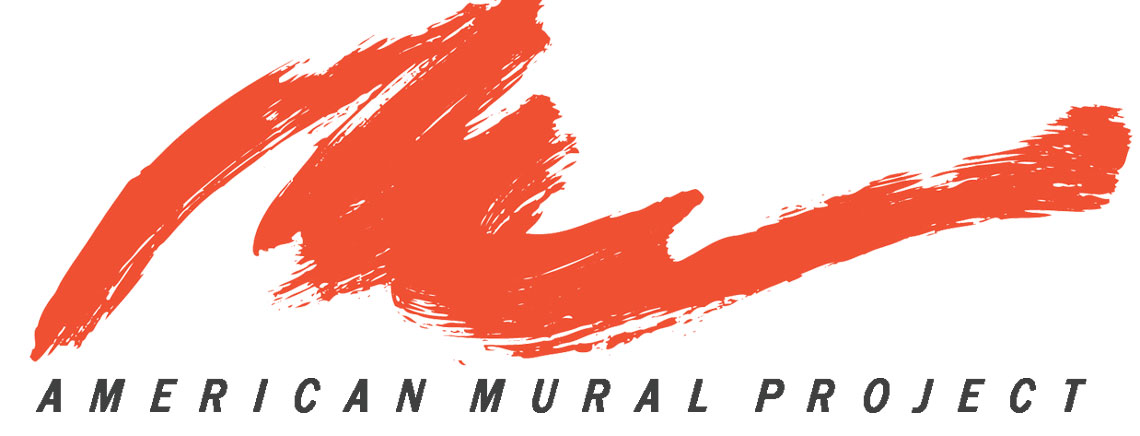American Mural Project
It’s finished! Well kinda.
After 22 years of research, design and execution, the American Mural Project, the largest indoor collaborative artwork in the world, officially opened to the public last Saturday.
The massive three-dimensional mural—measuring 120 feet long and five stories high—is a visual narrative of Americans at work, real men and women that Griesedieck has documented in her travels across the country.
“When you start, you don’t think you are going to create this towering thing,” said artist Ellen Griesedieck, who first conceived of the mural in 1998. She wanted to celebrate the workers whose efforts have created the society we all enjoy. “We never think of the benefits that come to us because of these guys, how we benefit from the work of others,” she said. “I admire every one of them and see the beauty of what they are doing.”
A former photographer for major magazines who married race driver Sam Posey in 1979, she said inspiration for the mural came after a visit to Boeing where she observed a engine being installed on a 747 aircraft. She knew she wanted to paint something that conveyed the magnitude of Boeing’s plant and the planes.
“I started by stretching the largest piece of canvas I could in my studio but I knew it would never capture the effect,” she said.
She began a study for the mural in 1998 and soon saw it as an inspirational vehicle to motivate children to pursue their dreams. “I saw it as a wonderful opportunity to bring kids in. The involvement of children is wonderful because there is freshness to their vision. I wanted to give them a creative experience where they could learn all sorts of lessons along the way.”
Griesedieck painted the heroic central figures—some of which stretch to an impressive 18 feet—in her Sharon studio before transporting them to a converted mill in Winsted. The mural features a vivid compilation of three-dimensional sculptural vignettes portraying Americans at work, including heart surgeons, steelworkers, firefighters, farmers and school teachers. It was constructed with unconventional materials including honeycomb aluminum panels, blown glass, clay, reclaimed wood, native indigo—even spackle that she manipulated with a rake to create a field of mown hay.
She admits she did not at first consider how they would be transported or installed but soon began a creative partnership with three men who have been crucial to the success of the project—John Jacquier, a welder who created all the railings along the balconies that give viewers different levels from which to view the work; Thad Meyerriecks of Bourlet Art Logistics, a friend “who stupidly said he would move and install the figures for me” and Don Breslauer, a racing mechanic who has volunteered time to figure out the intricacies of mounting the images, some of which weigh tons.
“They are a trio with different kinds of knowledge,” Griesedieck said. “All good workers know other good workers, the best and most skillful.”
Take, for instance, the heavy ceramic section depicting foundry workers and the one of Nina Bennett milking a Holstein cow. Breslauer and Jacquier spent months figuring out a complex procedure for securing the sections to Jacquier’s steel plates by drilling hundreds of holes in the thick ceramic tiles, mortar, substrate and plywood backing, fastening them with four-inch screws.
“It is pretty wonderful to think that this idea, two decades in the making, has come full circle. This is not one artist’s idea but the work of many in collaboration,” noted Griesedieck. “The mural is standing thanks to an unprecedented collaboration with kids, teachers, donors and professional tradespeople—some 15,000 of them.”
Beyond the mural exhibit, education programs are AMP's primary focus and include programs for schools and teachers, after-school partnerships, summer enrichment sessions and an apprentice-style internship program.
So, it was been 22 years and hundreds of hours of collaborative work before the official opening last week. But is it done? Succinctly said, no.
There is a whole other building to convert, hundreds of pieces still to be incorporated, a glass connecting corridor to build and so much more. “Many of the pieces are done and we are just figuring out how to install them,” said Amy Wynn, executive director of AMP. “This is just the first of two buildings but we wanted open this part. And we want to hear from people with ideas for the next mill building.
Griesedieck admits that she is not a natural fundraiser, but that did not stoped her from taking on the multi-million-dollar project. She has literally pursued her dream. “Governor Malloy used to run for his limo when he saw me coming,” she said with a smile. “My determination stems from my telling kids that if they have a dream not to let anyone rain on their parade. If you have a dream and it doesn’t work out—figure that out for yourself, don’t let anyone tell you. If it is your ultimate dream, why not dream big?”
AMP is located at 90 Whiting Street in Winsted. It is open Friday and Saturday, 10 AM to 5 PM., and Sunday, noon to 5 PM, year-round. Additional Thursday hours are planned. Admission is $12 for adults; $10 for seniors and veterans; $5 for students, and free for children ages 4 and younger. There is a $25 unlimited pass for use during open hours in 2022. Tickets and passes can be purchased at americanmuralproject.org or in person.
Visitors can bring food and drink and enjoy AMP’s outdoor space with picnic tables and chairs.

